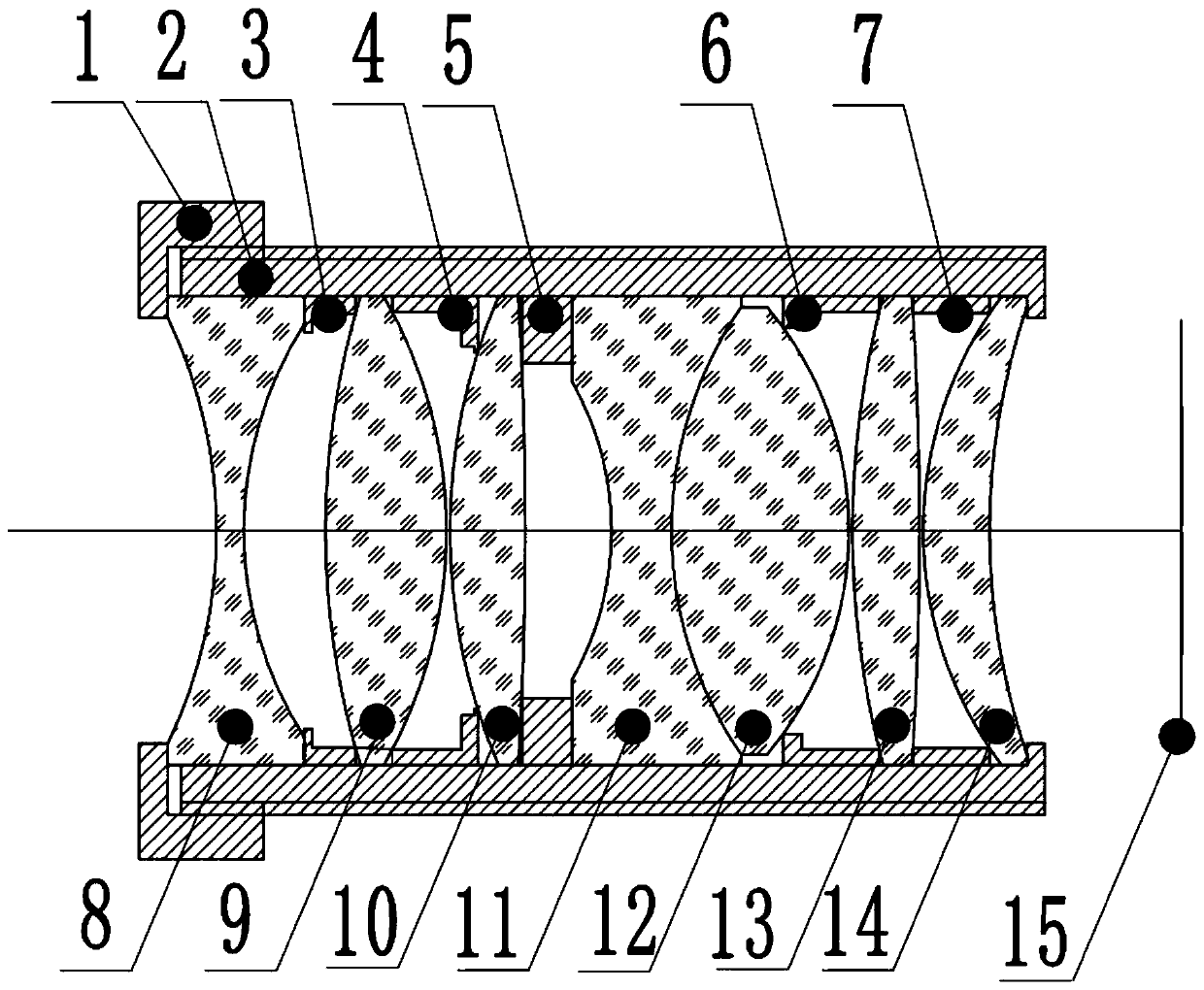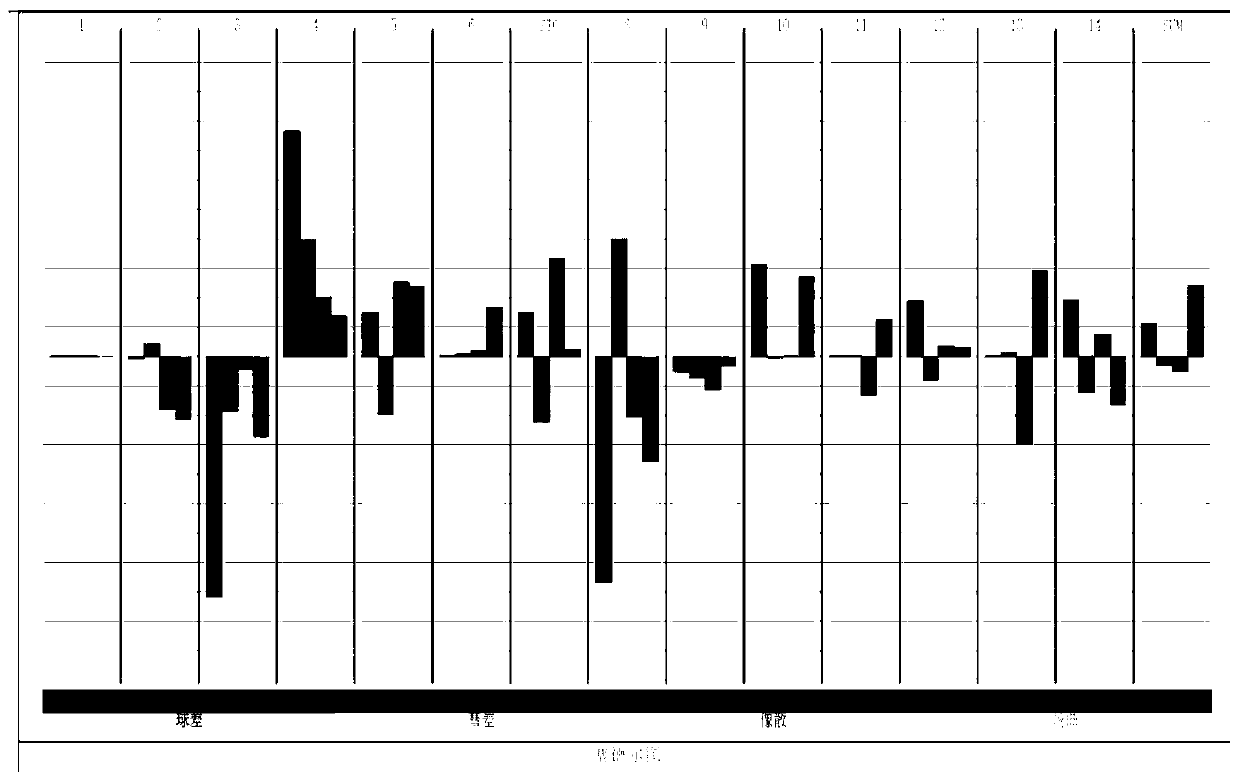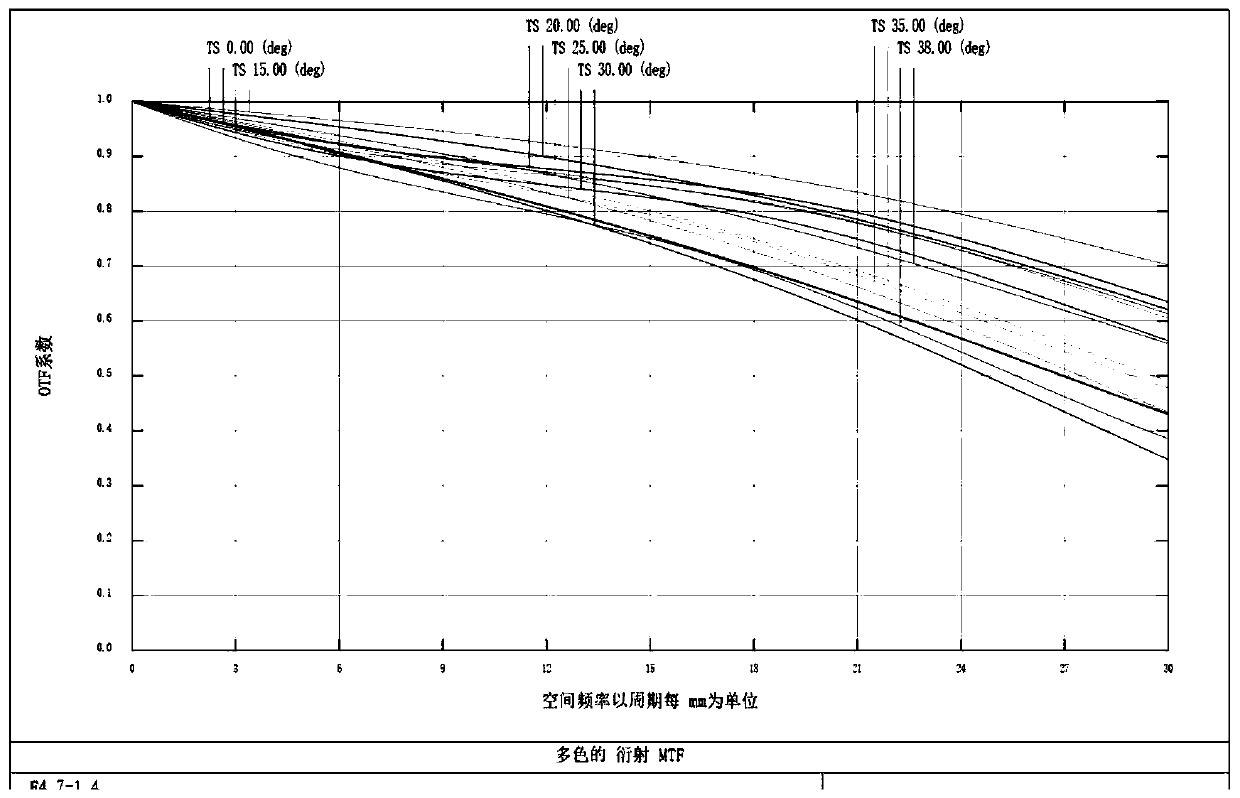3d radar lens
A lens and radar technology, applied in the field of 3D radar lens, can solve problems such as incapacity, achieve the effect of strong ability to receive light, reduce step surfaces, and reduce tolerance sensitivity
- Summary
- Abstract
- Description
- Claims
- Application Information
AI Technical Summary
Problems solved by technology
Method used
Image
Examples
Embodiment Construction
[0032] The present invention is described in detail below in conjunction with accompanying drawing description:
[0033] Such as figure 1 As shown, a 3D radar lens is characterized in that: it comprises a main lens barrel 2, a front lens group arranged in the main lens barrel 2 along the incident direction of light, a diaphragm, a rear lens group, and a front lens group arranged in the main lens barrel 2. The photosensitive chip 15 at the rear end, the optical power of the front mirror group is 8-20mm, and the optical power of the rear mirror group is 8.5-15mm;
[0034] The front lens group includes a first lens 8, a second lens 9 and a third lens 10 arranged in sequence along the light incident direction, and the rear lens group includes a fourth lens 11 and a fifth lens 12 arranged in sequence along the light incident direction , the sixth lens 13 and the seventh lens 14;
[0035] The first lens 8 is a biconcave lens, the second lens 9 is a biconvex lens, the third lens 10...
PUM
 Login to View More
Login to View More Abstract
Description
Claims
Application Information
 Login to View More
Login to View More - R&D
- Intellectual Property
- Life Sciences
- Materials
- Tech Scout
- Unparalleled Data Quality
- Higher Quality Content
- 60% Fewer Hallucinations
Browse by: Latest US Patents, China's latest patents, Technical Efficacy Thesaurus, Application Domain, Technology Topic, Popular Technical Reports.
© 2025 PatSnap. All rights reserved.Legal|Privacy policy|Modern Slavery Act Transparency Statement|Sitemap|About US| Contact US: help@patsnap.com



